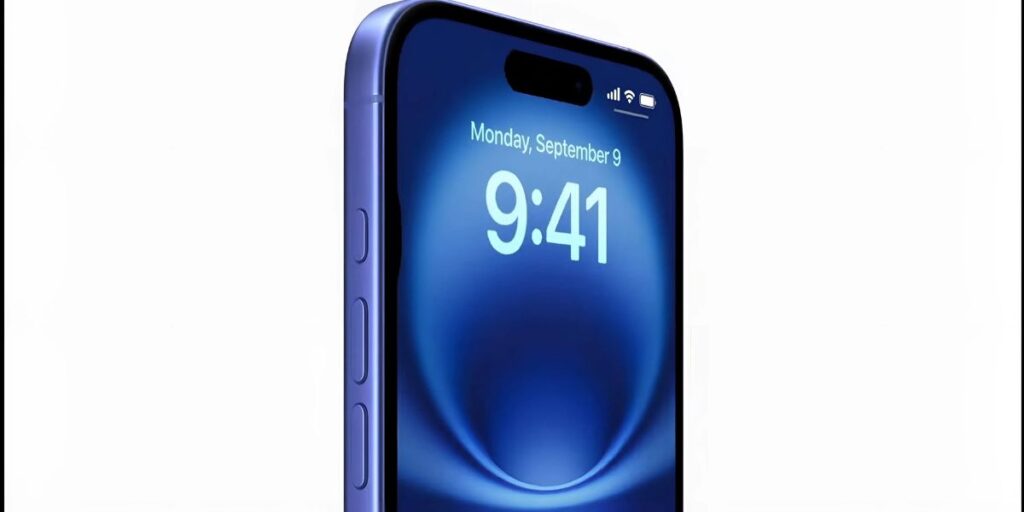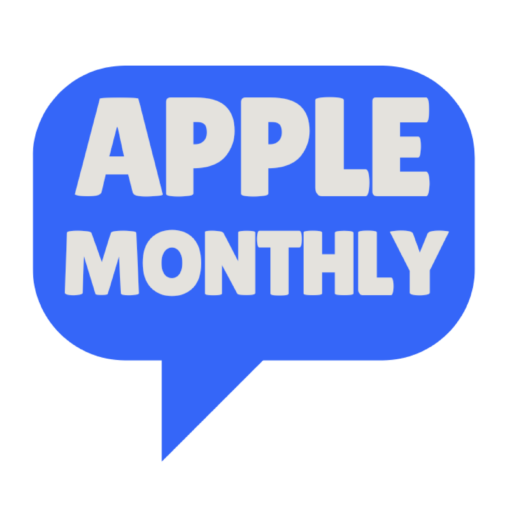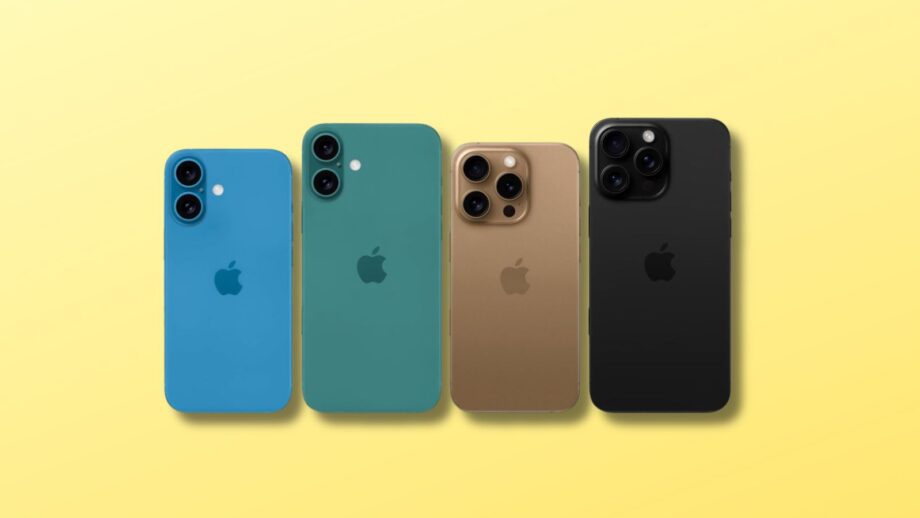The iPhone 16 has finally made its debut, showcasing Apple’s most advanced smartphone yet. But, despite the impressive specs, early signs point to a shaky start. Industry insiders are already questioning if this could be one of Apple’s biggest missteps in recent years. The red flag? Lead times for the iPhone 16 are noticeably shorter than those of its predecessor, hinting at a potential lack of enthusiasm among consumers.
Shorter Lead Times: Cause for Concern?
According to data from Morgan Stanley, the iPhone 16 lineup is seeing a noticeable drop in lead times across all models. Here’s how the numbers compare to the iPhone 15:
- iPhone 16: 9 days vs. 14 days for the iPhone 15
- iPhone 16 Plus: 7.9 days vs. 13.9 days
- iPhone 16 Pro: 18.5 days vs. 32.5 days
- iPhone 16 Pro Max: 25.5 days vs. 43.5 days for the iPhone 15 Pro Max
These shorter lead times could indicate that Apple has either nailed down a more efficient production process or, more worryingly, that demand for the iPhone 16 is weaker than expected.
Better Production or Lower Demand?

One possible explanation for the shorter lead times could be improvements in Apple’s production capabilities. Over the years, the company has likely fine-tuned its ability to predict demand and adjusted its manufacturing processes accordingly. Additionally, expanding production capabilities might allow for faster order fulfillment, leading to shorter wait times.
On the flip side, the shorter lead times could also point to a lackluster response from consumers. While the iPhone 16 is undoubtedly powerful and comes packed with new features, it might not be seen as a compelling enough upgrade for many users. The relatively minor design changes and the delay in shipping some much-touted features could be contributing to this tepid interest.
The Missing Features: A Deal Breaker?

Apple’s grand unveiling of the iPhone 16 showcased exciting new features, particularly its foray into AI with “Apple Intelligence.” However, the AI features are not yet available, as they aren’t shipping with the initial release of the handset. This delay might be making the iPhone 16 a harder sell for consumers who were expecting groundbreaking functionality right out of the box.
In a market where smartphones are increasingly judged by the newest tech they introduce, the absence of these hyped features can be a significant letdown. If customers feel they are not getting the innovations Apple promised, they might be less inclined to upgrade, opting to stick with their current devices for another year.
Is the iPhone 16 Just Not Exciting Enough?

The iPhone 16 is undoubtedly a powerful handset with an upgraded processor, improved cameras, and interesting new features. However, a lack of innovation could be the reason for the lukewarm response. In the past, Apple’s iPhone lineup has focused more on incremental improvements rather than introducing must-have features that drive massive upgrades.
Without the “wow factor,” the iPhone 16 faces stiff competition from previous iPhone models and other smartphone brands offering more compelling upgrades at competitive prices.
What This Means for Apple
For now, Apple seems to be in a precarious position. Shorter lead times could mean more streamlined production, but they might also hint at weaker-than-expected demand. If sales continue on this path, the iPhone 16 might turn out to be Apple’s biggest flop in years.
Only time will tell if Apple can turn the tide, particularly when they finally roll out the delayed features like Apple Intelligence. Until then, the iPhone 16’s success hangs in the balance, leaving many to wonder if Apple’s latest smartphone truly has what it takes to captivate its audience.










